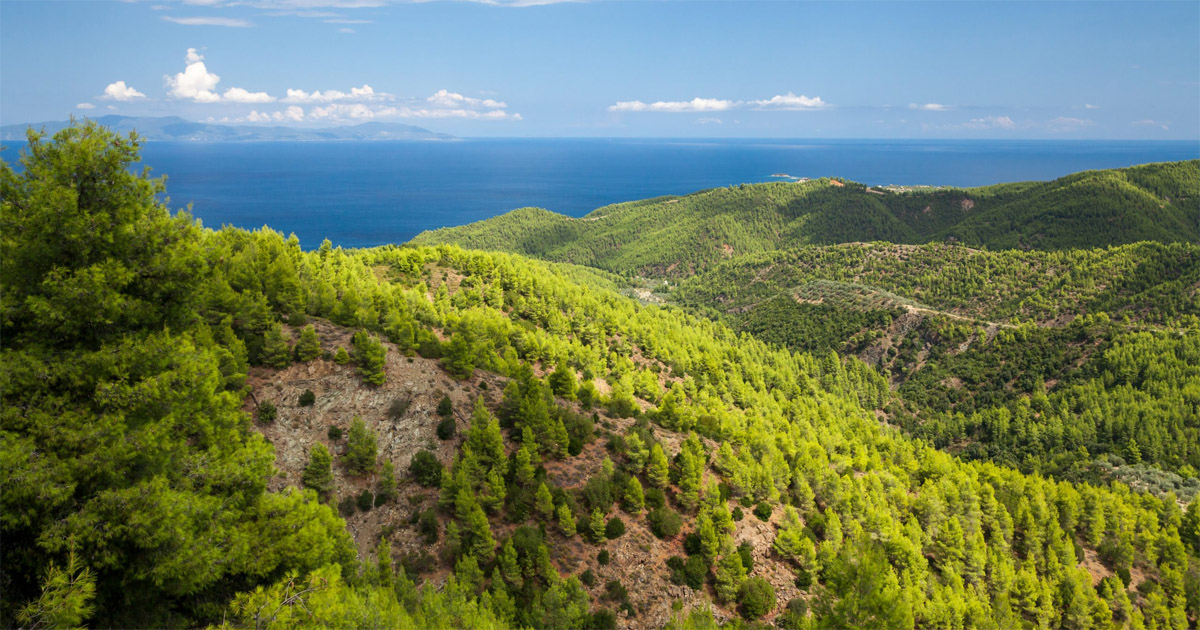Peatlands transformation in Indonesia has caused immense ecological and environmental degradation. Land use conversion has changed this natural carbon sink to a drought- and fire-prone ecosystem. Public awareness to tackle the drought and fire risk in peatlands has led to the development of drought-fire index. Current knowledge states that both climate and hydrology have a strong influence on drought-induced fire in tropical peatlands, yet the role of soil hydraulic properties in controlling the drying of peats remains unclear. This study develops an improved drought-fire index for tropical peatlands, called the Peat Fire Vulnerability Index, by incorporating groundwater and soil water retention information. We tested the new index on two peatland regions in Kubu Raya and Batanghari, Indonesia, to assess fire danger. We monitored daily rainfall, groundwater tables, and soil moisture from 2018 to 2019 on eight stations in the peatlands. Our model was calibrated against the observed drought index of two stations, and the results were verified with actual fire events through daily fire hotspots and fire burned areas in the other six stations. Results showed that soil-hydrological properties influenced the moistening and drying of peats through capillarity. Our model showed good performance in assessing fire danger during the calibration period, as indicated by three employed statistical metrics: the RMSE-standard deviation ratio (RSR = 0.57), Kling-Gupta Efficiency (KGE = 0.81), and percent bias (PBIAS = 1%). For verification, all observed fire events fell in high and extreme fire danger classes predicted by PFVI. Further, our findings revealed the importance of the groundwater table as a threshold of fire events. The high fire danger class was mostly found when groundwater table dropped below 40 cm, and burned areas only occurred when the groundwater table was below 60 cm. These findings suggest that our drought-fire index can be used as a peat fire risk management tool, and its application may minimize fire risks in tropical peatlands.
DOI:
https://doi.org/10.1016/j.agrformet.2021.108738
Altmetric score:
Dimensions Citation Count:
























